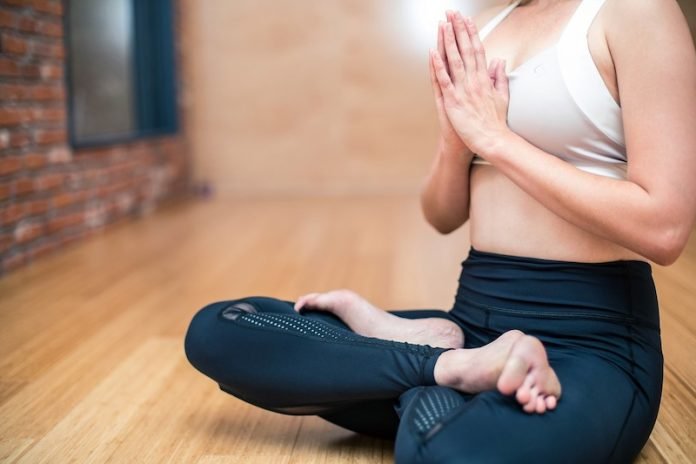
Anxiety is a mental state in which you worry endlessly about something from your past or in your future.
When you have anxiety, you may find yourself ruminating and feel very tense, nervous and stressed.
Although anxiety is a normal part of life, many people find that it interferes with daily activities.
Here, researchers from Michigan Medicine provide some coping tips that can help you deal with anxiety effectively.
They suggest that several exercises can help quiet your alarm in the present and keep it less active in the future.
Square breathing
When you feel anxious, oxygen and carbon dioxide in your body may be out of balance.
This type of exercise can help you regulate the amount of oxygen and carbon dioxide in your bodies.
In this exercise, you breathe in, hold the breath, exhale and hold it again. You need to repeat the cycle for several minutes.
This anxiety relief exercise helps you relax and think clearly.
Mindfulness exercise
Mindfulness focuses on living in the moment and aims to bring you fully into the present by engaging all five senses.
This is important because most of the time we focus on the past or future and pay little attention to the present.
When you practice mindfulness, you stop worrying about the past or the future and hence relax a lot.
Researchers suggest that mindfulness can be practiced anywhere and applied to any activity.
For example, in a mindful shower, you will pay attention to the smell of your soap, the feel of the warm water on your different body parts, the sound of the water hitting your back and the steam enveloping the bathroom.
This type of exercise may help you appreciate things more and reduces stress and worry.
Progressive muscle relaxation
The third type of exercise is called progressive muscle relaxation. It helps relax your muscles and reduce anxiety.
When you feel anxious, the body will have physical reactions. One common physical reaction to anxiety is muscle tension.
The muscle tension can make your brain thinks there is a warning sign, which makes you feel more anxious.
Progressive muscle relaxation aims to help your brain recognize what it feels like for your muscles to be in a relaxed, tension-free state.
To do the exercise, sit comfortably and start to relax the tips of your toes. Flex each major muscle group for a count of 10 seconds, then release for a count of 10 seconds.
Work your way up and Move on to the next group of muscles.
According to the researchers, the exercise can help remind the body of the difference between tension and relaxation.
Copyright © 2019 Knowridge Science Report. All rights reserved.



